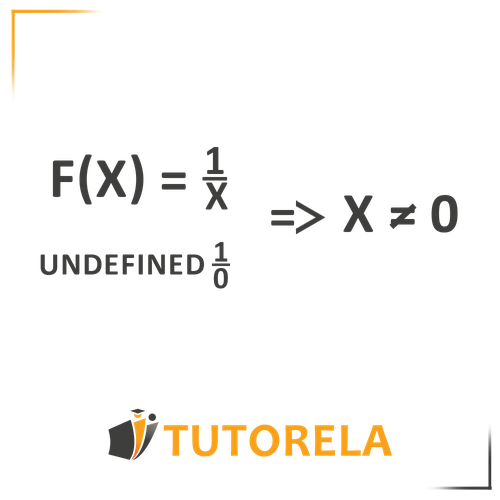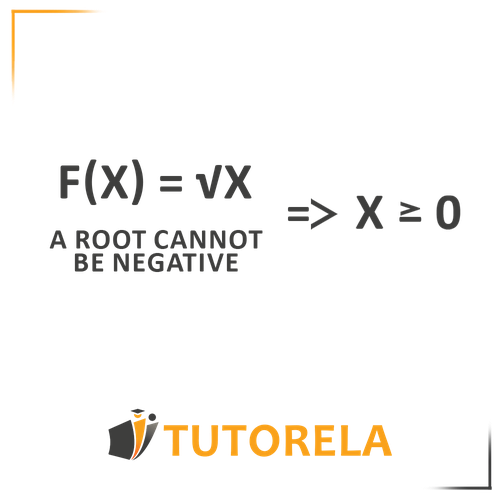Domain of a Function
What is the Domain of a Function?
The domain of a function includes all those values of (independent variable) that, when substituted into the function, keep the function valid and defined.
In simple terms, the domain tells us what numbers we are allowed to plug into the function.
The domain of a function is an integral part of function analysis. Moreover, a definition set is required to create a graphical representation of the function.
How to Find the Domain:
The two most common cases where we encounter restrictions on the domain of a function are:
- A variable in the denominator of a fraction: The denominator cannot be zero, as division by zero is undefined.
- A variable under a square root or even root: The expression under the root cannot be negative, as square roots of negative numbers are not real numbers.
when we identify one (or more) of the cases, we need to solve it like we usually do, but instead of solving for the solution we'll solve to find the domain:
Variable in the Denominator:
- Set the denominator not equal to zero .
- Solve the resulting equation to find the values to exclude from the domain.

Variable Under a Square Root or Even Root:
- Set the expression inside the root greater than or equal to zero .
- Solve the inequality to determine the allowed values for the domain.

Although it might seem like most functions don’t have a specific domain, the reality is that every function has a domain. For many functions, the domain is all real numbers, meaning you can plug in any number. However, certain functions, like those with fractions or square roots, have restricted domains. for example, in this function: the domain excludes certain numbers to avoid breaking mathematical rules.